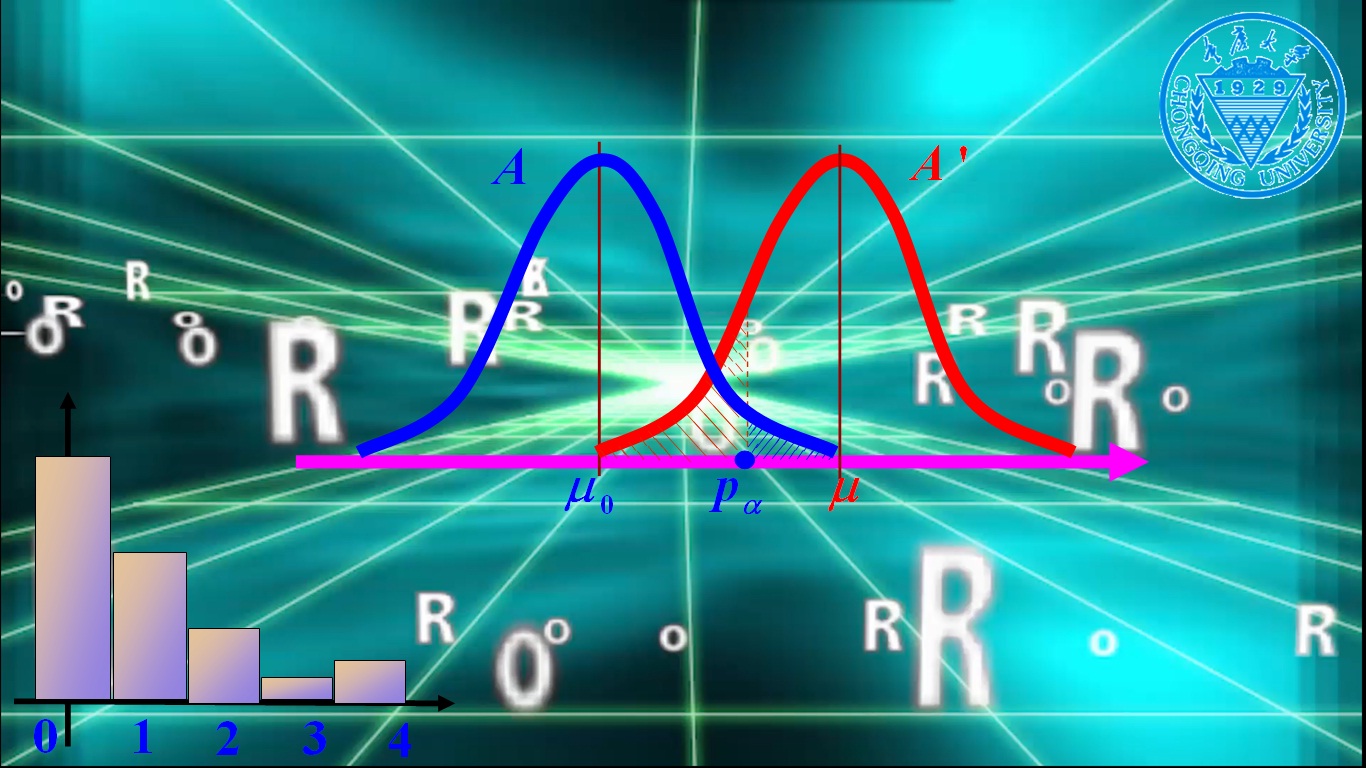
当前课程知识点:Production Engineering > Chapter 9 Acidizing > 9.3 Acidizing Treatment Technologies > 9.3.1 Acid and Additives
返回《Production Engineering》慕课在线视频课程列表
返回《Production Engineering》慕课在线视频列表
同学们好
本节我们学习酸液及添加剂
我们在之前的学习中
对于碳酸岩储层我们学习了盐酸的处理
对于砂岩的储层我们学习了土酸的处理
我们在这个地方来看一下
常用的酸液种类及性能
首先就是盐酸
在油田中常采用高浓度的盐酸来处理
高浓度盐酸处理的优点有哪些
首先就是盐酸反应速度相对变慢
有效的作用范围增大
另外就是单位体积的盐酸
可以产生较多的二氧化碳
有利于废酸的排出
第三是单位体积盐酸
可以产生较多的氯化钙 氯化镁
提高了废酸的粘度 控制了酸岩的反应速度
并且有利于悬浮携带固体颗粒从地层中排出
最后就是高浓度盐酸
受到地层水稀释的影响比较小
高浓度盐酸的处理有哪些方面的缺点
首先就是对于灰岩反应速度比较快
特别是高温的深井当中
由于地层温度高盐酸与地层的作用太快
因而处理不到地层的深部
第二盐酸会使金属腐蚀很多
这种金属的腐蚀
也就是所谓的坑蚀严重的情况之下
会使管柱的安全受到一定的影响
第三对于硫化氢含量比较高的井
盐酸处理的时候容易引起钢材的氢脆断裂
第二种类型的酸叫做甲酸和乙酸
甲酸和乙酸它是有机弱酸
弱酸的反应速度比同浓度的盐酸
也就是强酸要慢几倍到十几倍
这种酸适合于处理高温的深井
第三是多组分酸
多组分酸是一种
或者是几种有机酸与盐酸的混合物
主要是起到缓速的作用
可以得到较大的有效的酸化处理范围
第四是乳化酸
乳化酸一般是指的油包酸类型的乳状液
外相是原油 内部是酸液
这种乳化酸在井下条件之下
在高温环境里面破裂
或者是乳状液进入到较窄的通道的时候被挤破
酸液释放出来
这种乳化酸的要求就是在地面条件之下要稳定
要在地层条件之下要不稳定 要能够破乳
乳化酸的主要作用或者说它主要的优点
首先就是粘度比较高能够形成比较宽的裂缝
能够减少裂缝的面容比
有利于延缓酸岩的反应速度
第二是酸液不会立即与岩石接触
油酸乳状液可以把活性酸携带到油气层的深处
来扩大了整个的酸处理的范围
第三是酸液不会与井下的金属设备直接接触
因为被乳状的外膜所包含
可以很好地解决防腐的问题
当然乳化酸它的主要的问题
主要是粘度大 摩阻比较大
在施工注入排量的时候受到限制
第五是稠化酸
稠化酸是指的在盐酸中加入了一些增稠剂
使得酸液的黏度增加
这种粘度的增加主要起到的作用
就是降低了氢离子向岩石壁面的传递速度
同时由于胶凝剂的网状分子结构
束缚了氢离子的活动从而起到了缓速的作用
采用稠化酸主要的优点就是能够压开宽裂缝
同时滤失量小 摩阻低
悬浮固体颗粒的性能比较好
等等这样的一些优点
第六是泡沫酸 用少量的泡沫剂将气体
一般采用的是氮气分散于酸性溶液当中
制成的这种泡沫酸
泡沫酸因为泡沫的存在使得它的滤失量比较低
增加了酸液的溶蚀能力
第二是排液能力比较大减少了对油气层的损害
第三是因为泡沫酸的粘度比较高
在返排的时候能够携带出对导流能力
比较有害的一些固体颗粒
第七就是土酸
土酸主要是适合于泥质含量比较高
碳酸岩含量相对含量比较少的
这样的一些油井
我们为了增加酸液的性能
为了提高酸液的作用效果
我们往往还会往酸液里面
加入各种的添加剂
我们就来介绍一下常用的几种添加剂
首先是缓蚀剂
缓蚀剂的作用主要是为了减缓局部电化学腐蚀
主要的作用机理就是来抑制阴极的腐蚀
抑制阳极腐蚀以及在金属表面形成一层保护膜
第二是表面活性剂
表面活性剂的作用是可以降低酸液的表面张力
降低表面张力之后可以减少注酸 排酸过程当中
毛管力的阻力作用
第三是防止在地层中形成油水的乳状物
便于残酸的排出
第三种添加剂叫作稳定剂
也叫铁离子的稳定剂
主要的作用是防止氢氧化铁的沉淀
来避免这种沉淀对地层产生堵塞的影响
第四是增黏剂和减阻剂
主要的作用是延缓酸岩反应速度
增大活性酸的有效作用距离
因为它有减阻的作用
是可以使稠化酸的摩阻损失低于水的摩阻损失
第五是暂时堵塞剂也叫暂堵剂
暂堵剂的作用
是随着酸液进入到地层之后
能够暂时堵塞高渗的孔道
从而使酸液进入到低渗的孔道
来溶蚀低渗孔道的堵塞物
以上就是我们介绍的油田中常见的
酸液以及添加剂
本节的内容就介绍到这里
同学们再见
-1.1 Main Tasks of Production Engineering
--1.1 Main Tasks of Production Engineering
-1.2 Flow in Production System
--1.2 Flow in Production System
-Problems
--Chapter 1 - Problems
-2.1 IPR Curve and Well Productivity
--2.1.1 Single-Phase Oil Inflow Performance Relationships
-2.2 Vogel's IPR and Applications
--2.2.2 Determination of IPR Curves Using Vogel's Equation
--2.2.3 Skin Factor and Flow Efficiency
--2.2.4 Extension of Vogel's Equation for Non-Complete Wells
--2.2.5 Combination Single-Phase Liquid and Two-Phase Flow
-Problems
--Chapter 2--Problems
-3.1 Two-Phase Flow in Wellbore
--3.1.1 Flow Regimes in Vertical Flow
-3.2 Two-Phase Vertical Flow Pressure Gradient Models
--3.2.1 Two-Phase Pressure Gradient Equations
--3.2.2 Predicting Gas-Liquid Flow Regimes Using the Okiszewski Correlation
--3.2.3 Pressure Gradient Calculation Using the Okiszewski Correlation
-3.3 Vertical Lift Performance
--3.3 Vertical Lift Performance
-Problems
--Chapter 3--Problems
-4.1 Nodal Analysis Approach
--4.1.2 Solution Node at Bottom of Well
--4.1.3 Solution Node at Wellhead
-4.2 Flow through Chokes
--4.2.2 Solution Node at Choke
-Problems
--Chapter 4--Problems
-5.1 Principles of Gas Lift
--5.1.2 Initial Kick-off of Gas Lift
-5.2 Gas Lift Valves and Gas Lift Completions
-5.3 Gas Lift Design
--5.3.1 Gas Lift Design for Specific Production Rate
--5.3.2 Gas Lift Design for Specific Injection Rate
--5.3.3 Kick-off Procedure with Unloading Valves
--5.3.4 Design Depths of Unloading Valves
-Problems
--Chapter 5--Problems
-6.1 Introduction of Surface and Downhole Equipment
-6.2 Operating Principle of Sucker Rod Pumps
-6.3 Pumping Unit Kinematics
--6.3.1 Motion of Polished Rod-Simple Harmonic Motion
--6.3.2 Motion of Polished Rod-Crank and Pitman Motion
-6.4 Polished Rod Load
--6.4.3 Peak Polished Rod Load and Minimum Polished Rod Load
-Problems
--Problems for chapter 6: Sucker Rod pumping I
-6.5 Calculation of Counterbalancing, Torque and Power
--6.5.1 Balance of Pumping Unit
--6.5.2 Counterbalancing Calculation
--6.5.3 Torque and Torque Factor
-6.6 Volumetric Efficiency of Pump
--6.6.2 Gas Effect on Pump Performance
--6.6.3 Measures of Enhancing Pump Volumetric Efficiency
-6.7 Design of Pumping System
--6.7.1 Strength Calculation and Design of Sucker Rod Strings
--6.7.2 Design Procedures of Pumping System
-6.8 Analysis of Sucker Rod Pumping Well Conditions
--6.8.1 Acoustic Surveys and Analysis of Annular Liquid Levels
--6.8.2 Introduction of Dynamometer Card
--6.8.3 Typical Dynamometer Cards
-Problems
--Problems: Chapter 6: Sucker Rod Pumping (II)
-7.1 Water Injection System
--7.1.1 Water Resources and Water Treatment
--7.1.2 Introduction of Water Injection System
-7.2 Injectivity Analysis
--7.2.1 Injectivity and Injectivity Index Curves
-7.3 Injection Tubing String
--7.3 Introduction of Injection Tubing Strings
-7.4 Analysis and Application of Injectivity Index Curves
--7.4.1 Analysis of Injectivity Index Curves
--7.4.2 Injection Choke Deployment
-Problems
--Chapter 7--Problems
-8.0 Introduction
-8.1 The Fracturing of Reservoir Rock
--8.1.1 Basic Rock Mechanics Parameters
--8.1.4 Fracture Initiation Conditions
-Problems
--Chapter 8(I)--Problems
-8.2 Fracturing Fluids
--8.2.2 Fluid-Loss Properties of Fracturing Fluids
--8.2.3 Rheological Properties of Fracturing Fluids
-8.3 Proppants
-8.4 Hydraulic Fracturing Design
--8.4.1 Productivity Index of Hydraulic Fracturing Wells
--8.4.2 Fracture Geometry Models
--8.4.3 Design Procedure for Hydraulic Fracturing
-Problems
--Chapter 8(II)--Problems
-9.0 Introduction
-9.1 Carbonate Acidizing
--9.1.1 Mechanism of Carbonate Acidizing
--9.1.2 Effect Factors of Reaction Rate
--9.1.4 Effective Distance of Live Acid
-9.2 Sandstone Acidizing
--9.2.1 Mechanism of Sandstone Acidizing
--9.2.2 Mud Acid Treatment Design
-9.3 Acidizing Treatment Technologies
--9.3.2 Acidizing Treatment Operations
-Problems
--Chapter 9--Problems
-Final Exam




